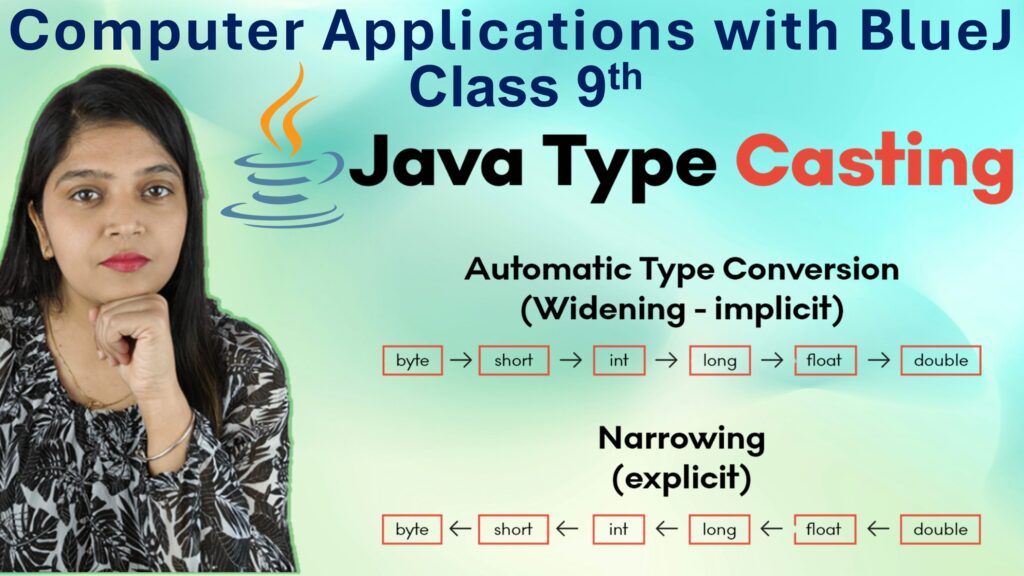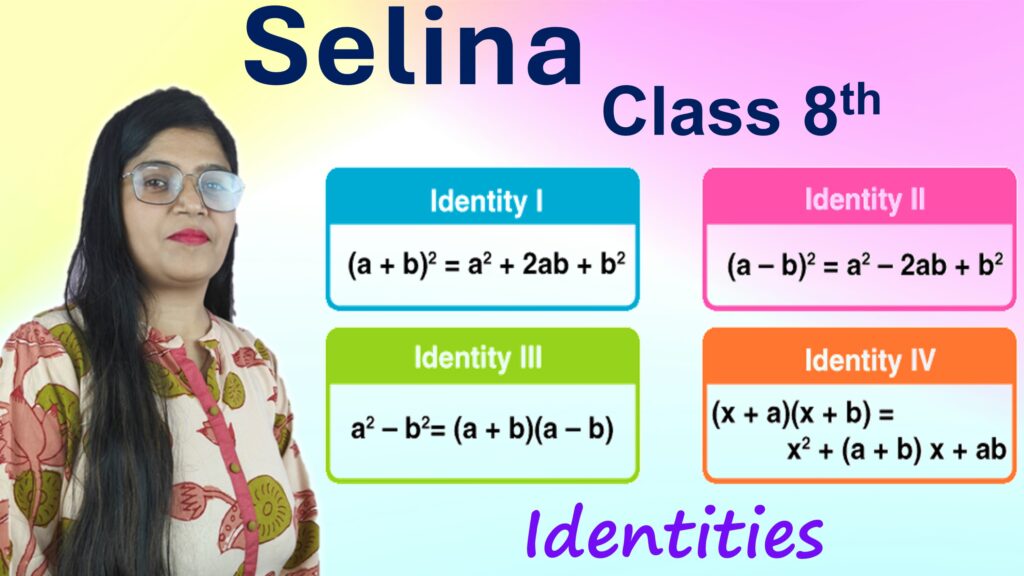Exercise: 1-E
Mental Maths
Q1: Fill in the blanks:
i. \(-\frac{7}{8} + \frac{2}{11} = \frac{2}{11} + \left(-\frac{7}{8}\right)\) depicts the _______ property of addition of rational numbers.
Answer: commutative
ii. The multiplicative inverse of a rational number is also called its _______.
Answer: reciprocal
iii. The multiplicative inverse of a negative rational number is a _______ rational number.
Answer: negative
iv. The numbers______ and _______ are their own reciprocal.
Answer: 1 and -1
v. \(\left(-\frac{10}{11}\right) \div \underline{\phantom{x}} = 1\)
To make this true, divide by the reciprocal:
\[
\Rightarrow \left(-\frac{10}{11}\right) \div \left(-\frac{10}{11}\right) = 1
\]
Answer: \(-\frac{10}{11}\)
vi. \(\left(-\frac{7}{9}\right) \times \underline{\phantom{x}} = 1\)
\[
\Rightarrow \text{Reciprocal of } \left(-\frac{7}{9}\right) = \left(-\frac{9}{7}\right)
\]
Answer: \(-\frac{9}{7}\)
vii. Among \(-\frac{5}{11},\ \frac{-5}{13},\ \frac{-5}{7}\), the greatest rational number is
Since all have same numerator and different denominators, the one with the smallest denominator is the most negative. We reverse that logic to find greatest:
\[
\frac{-5}{13} \approx -0.3846,\quad \frac{-5}{11} \approx -0.4545,\quad \frac{-5}{7} \approx -0.714 \\
\Rightarrow \text{Greatest is } \frac{-5}{13}
\]
Answer: \(\frac{-5}{13}\)
Q2: Write true (T) or false (F):
i. Every rational number has a reciprocal.
False, since 0 has no reciprocal.
Answer: False (F)
ii. Subtraction of rational numbers is commutative.
\[
a – b \neq b – a
\]
Answer: False (F)
iii. The additive inverse of \(\frac{1}{4}\) is -4.
Incorrect. Additive inverse is \(-\frac{1}{4}\).
Answer: False (F)
iv. \(\frac{5}{0}\) is a rational number.
Division by 0 is undefined.
Answer: False (F)
v. 0 is the smallest rational number.
There are many rational numbers less than 0.
Answer: False (F)
vi. The multiplicative inverse of \(\frac{-4}{-9}\) is \(\frac{9}{4}\).
\[
\frac{-4}{-9} = \frac{4}{9} \Rightarrow \text{Reciprocal is } \frac{9}{4}
\]
Answer: True (T)
vii. There are countless rational numbers between \(\frac{2}{3}\) and \(\frac{5}{6}\).
Between any two rational numbers, infinitely many exist.
Answer: True (T)







Leave a Comment